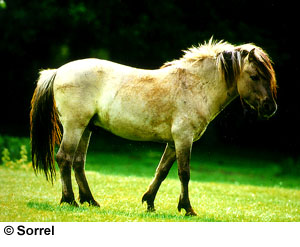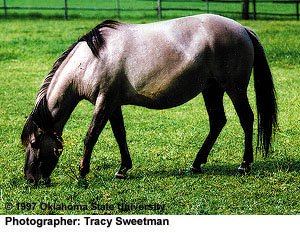

Tarpan


Introduction: If you have any comments or suggestions, please click here. Believe it or not, these pictures are both of Tarpans; I chose to show both because I'm not sure at this point which is more accurate.
Names: Tarpan.
Origin: Oldest breed in Europe and northern Asia.
Breeding: There is often controversy about the origins of horses, but there is no doubt that the wild Tarpan is the common ancestor of many other breeds in the world. However, it is a debatable point whether the present-day Tarpan is a truly wild horse. There were a number of Tarpan herds roaming eastern Europe, the Caucasus and parts of Russia, up to about 1870. The last of these animals, a captive, died seven years later. Because of this, the Polish authorities released into two reserves a number of peasant-owned ponies which bore irrefutable Tarpan characteristics. The peasants had been catching steppe Tarpans for many years, but whether these tamed animals had then interbred with domestic horses has never been decided. Whatever the truth, there are now herds of "wild" Tarpans living in some forest regions in Poland.
Description: They have many features of their truly wild ancestors.
Color: Usually brown, light brown or mouse dun with black or dark ears, mane, tail, and legs. Dorsal stripes. Many show the distinctive striped forelegs and change to a white winter coat like other denizens in Arctic conditions.
Ears: Longish.
Hair: Coarse mane and coat.
Nostrils: Bulging.
Size: They average about 13 hands high.
Temperament:
Features: Very hardy.
Uses:
Accomplishments:
Curiosities:
Profiles:
Conclusion: